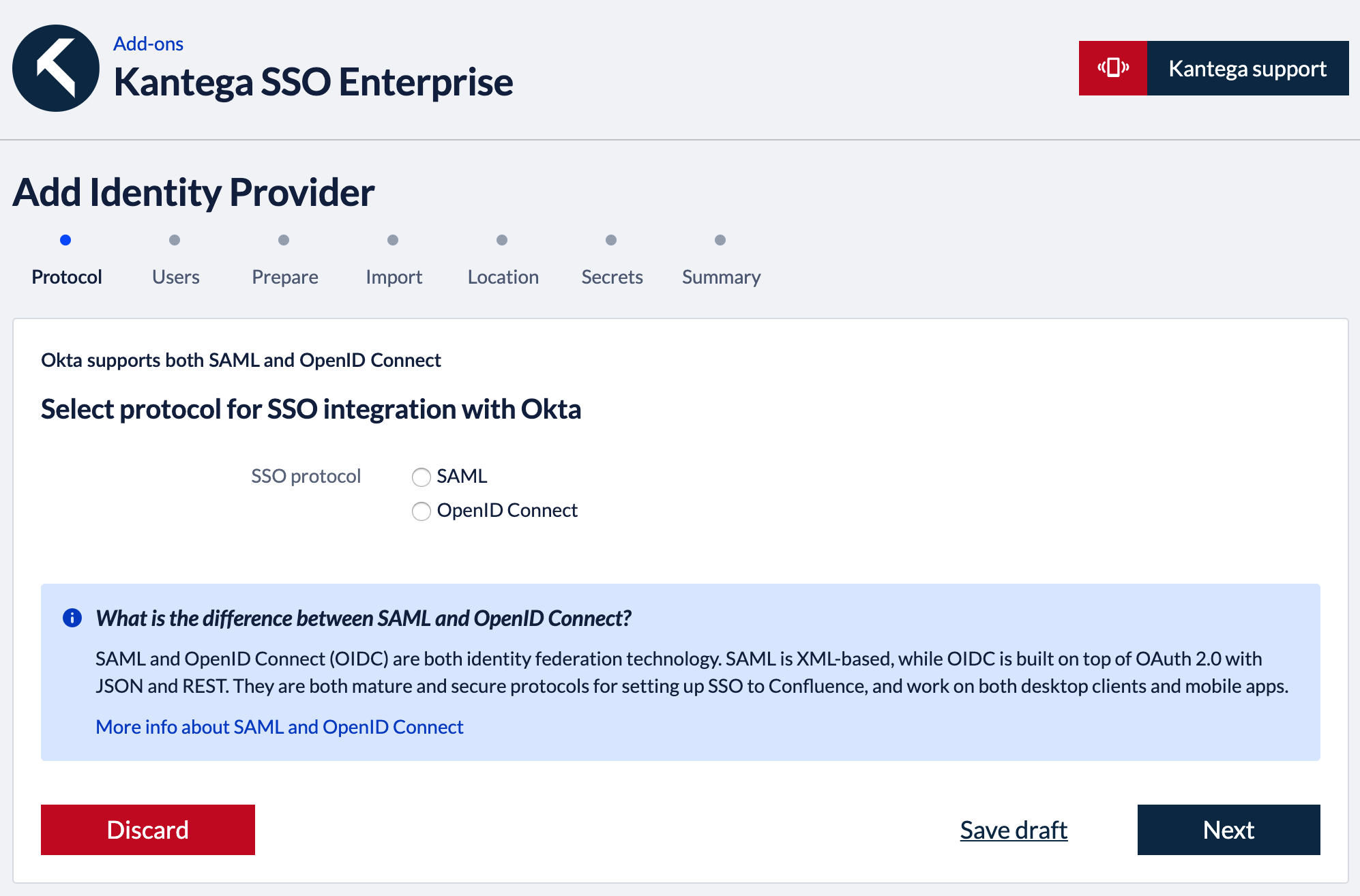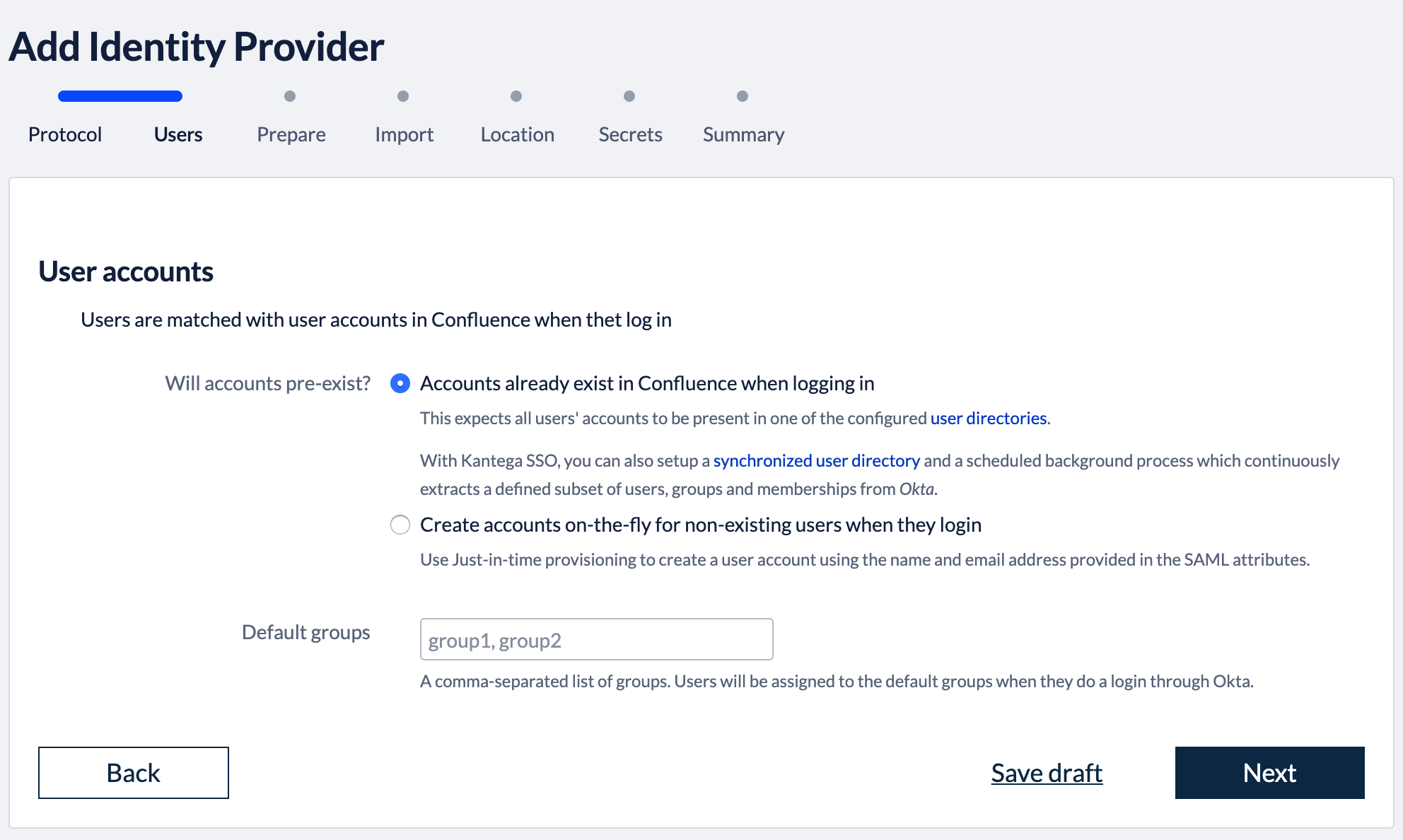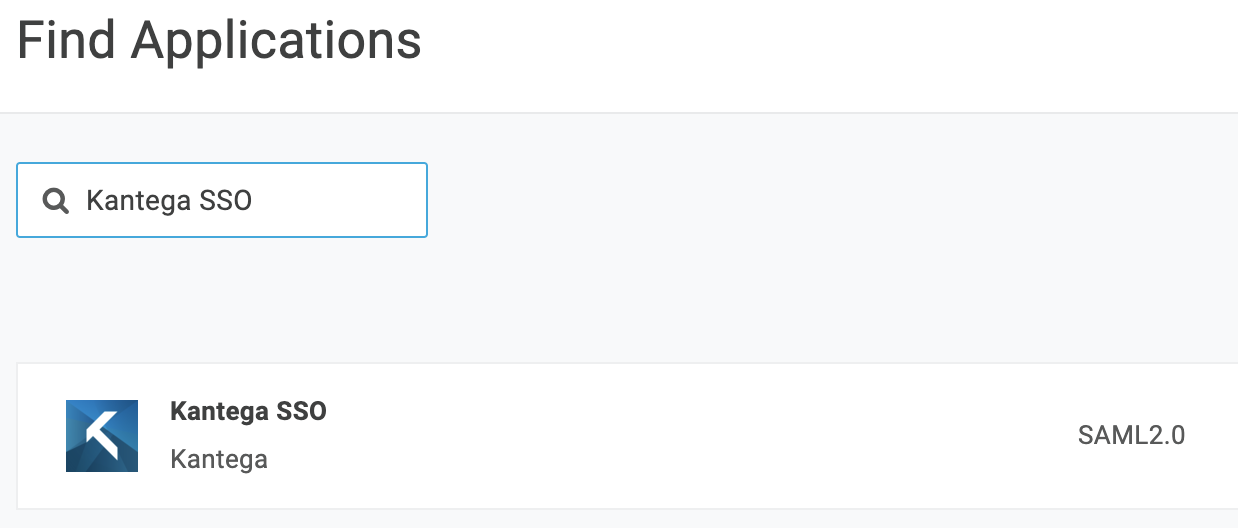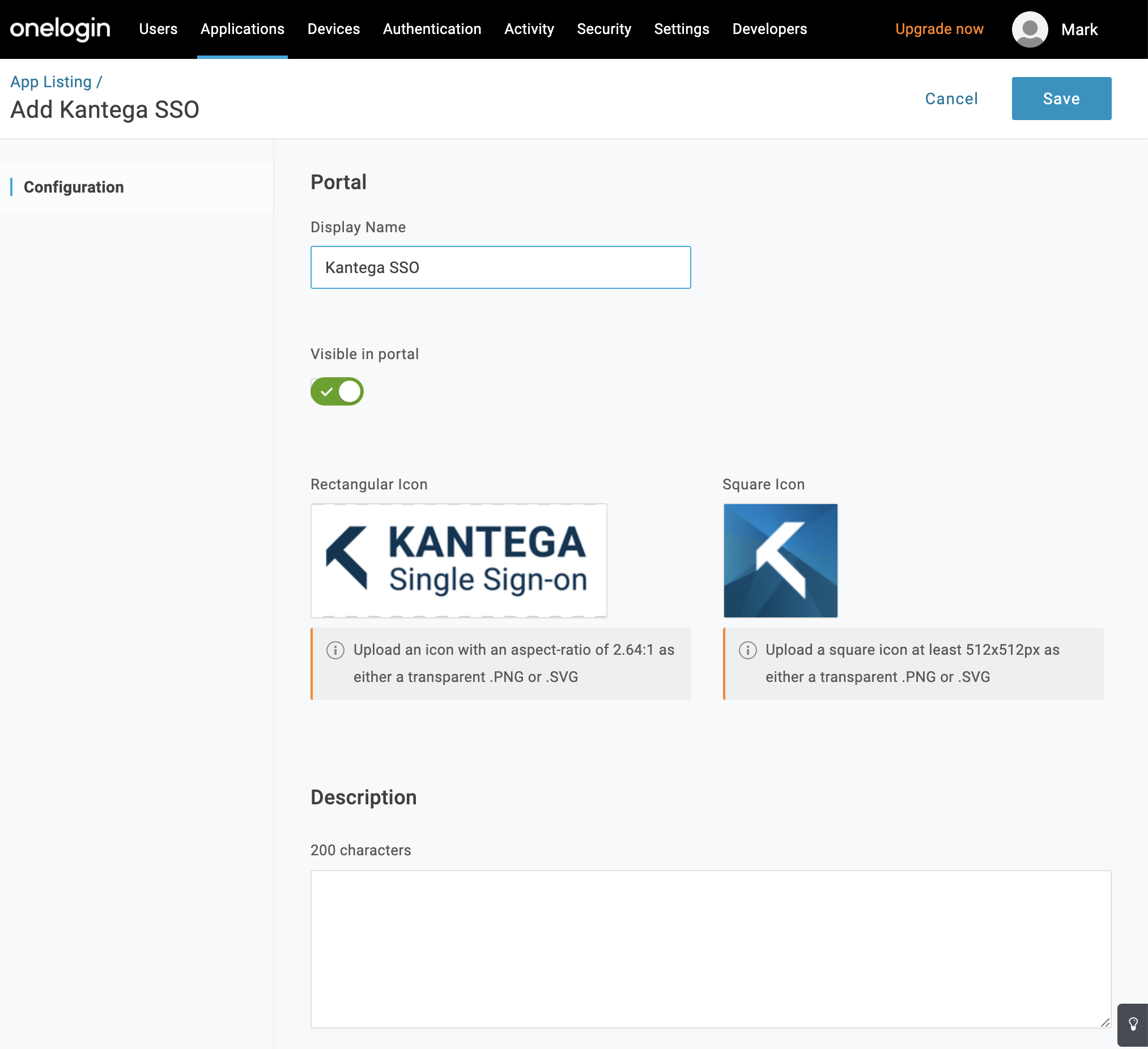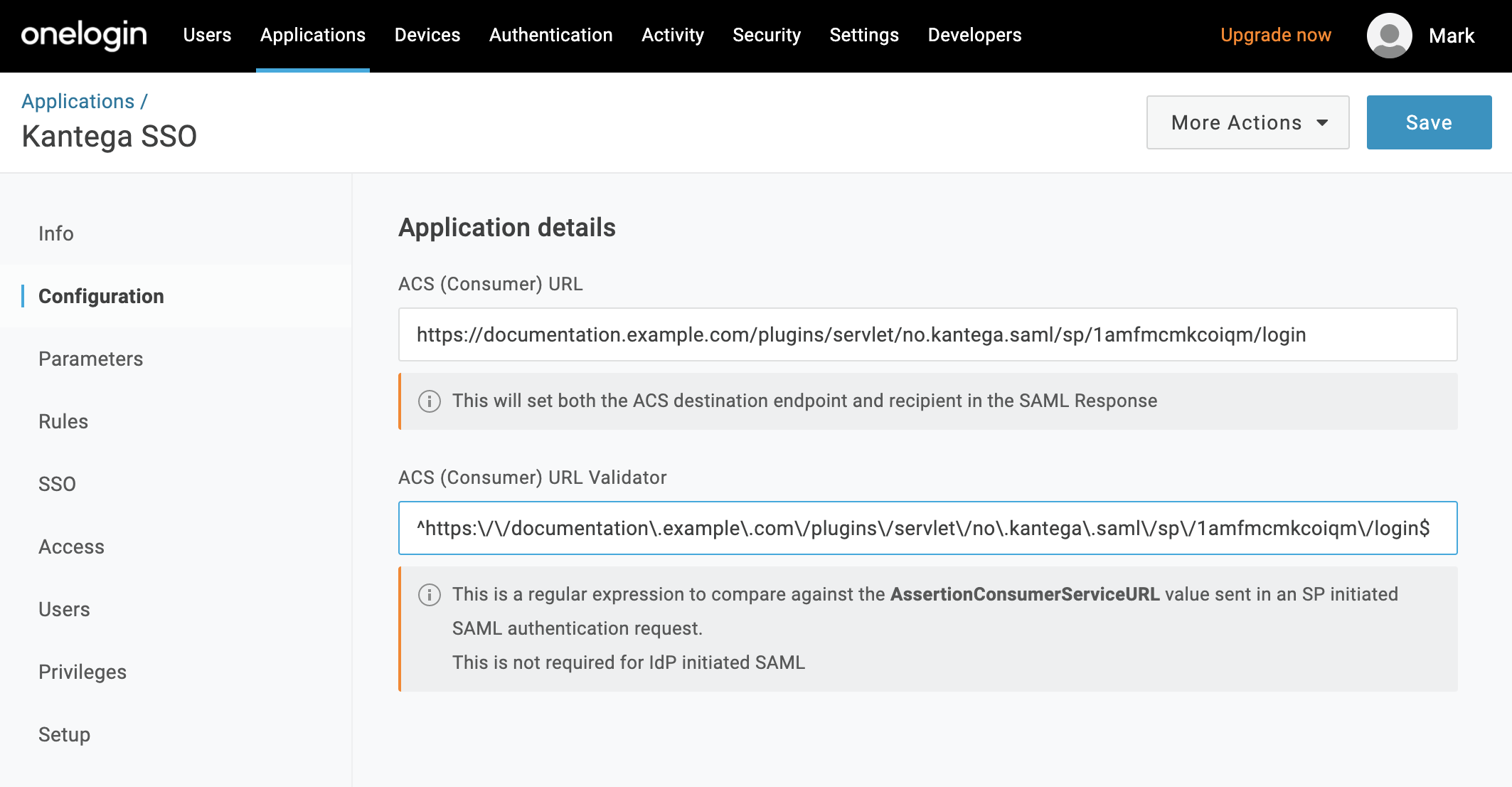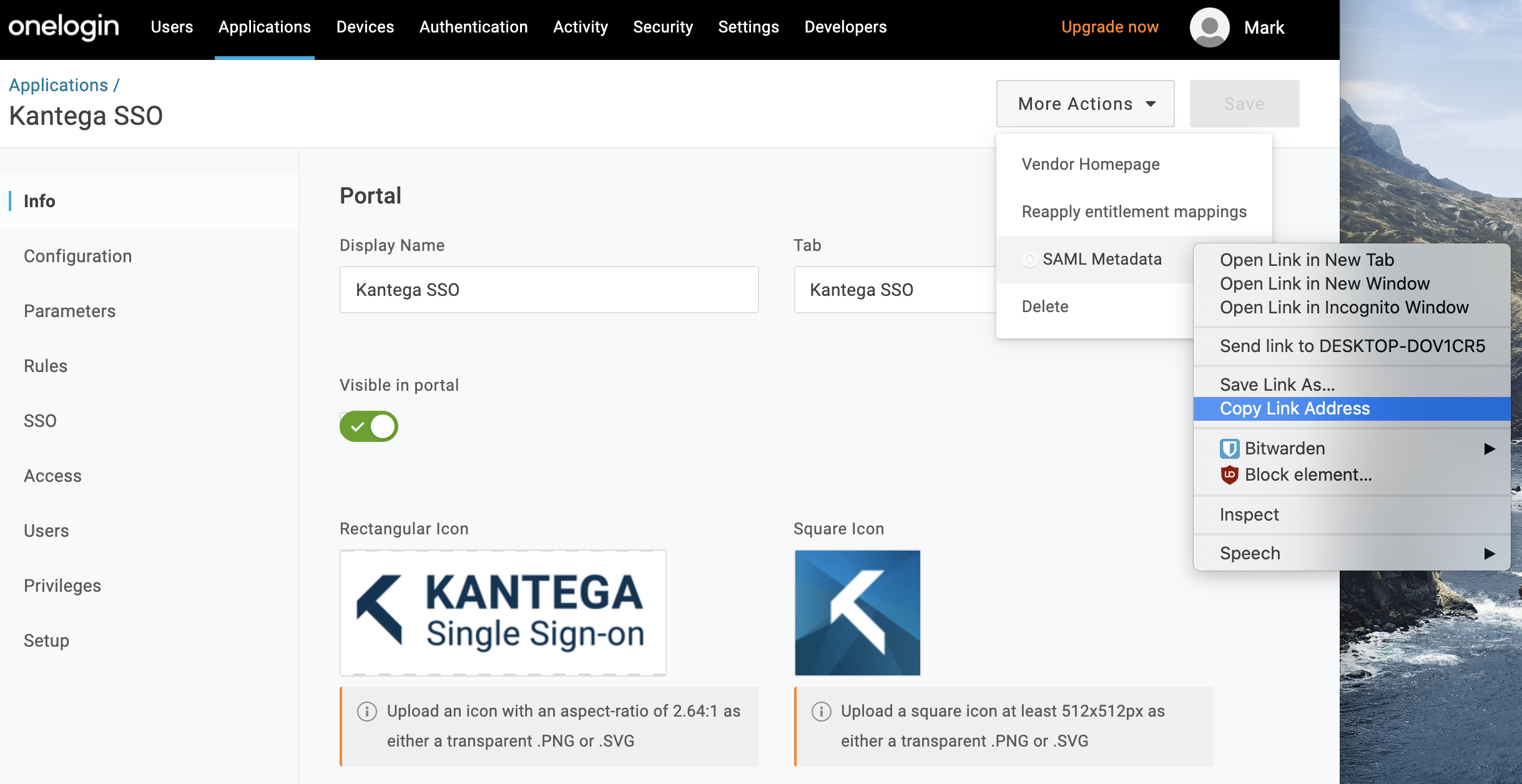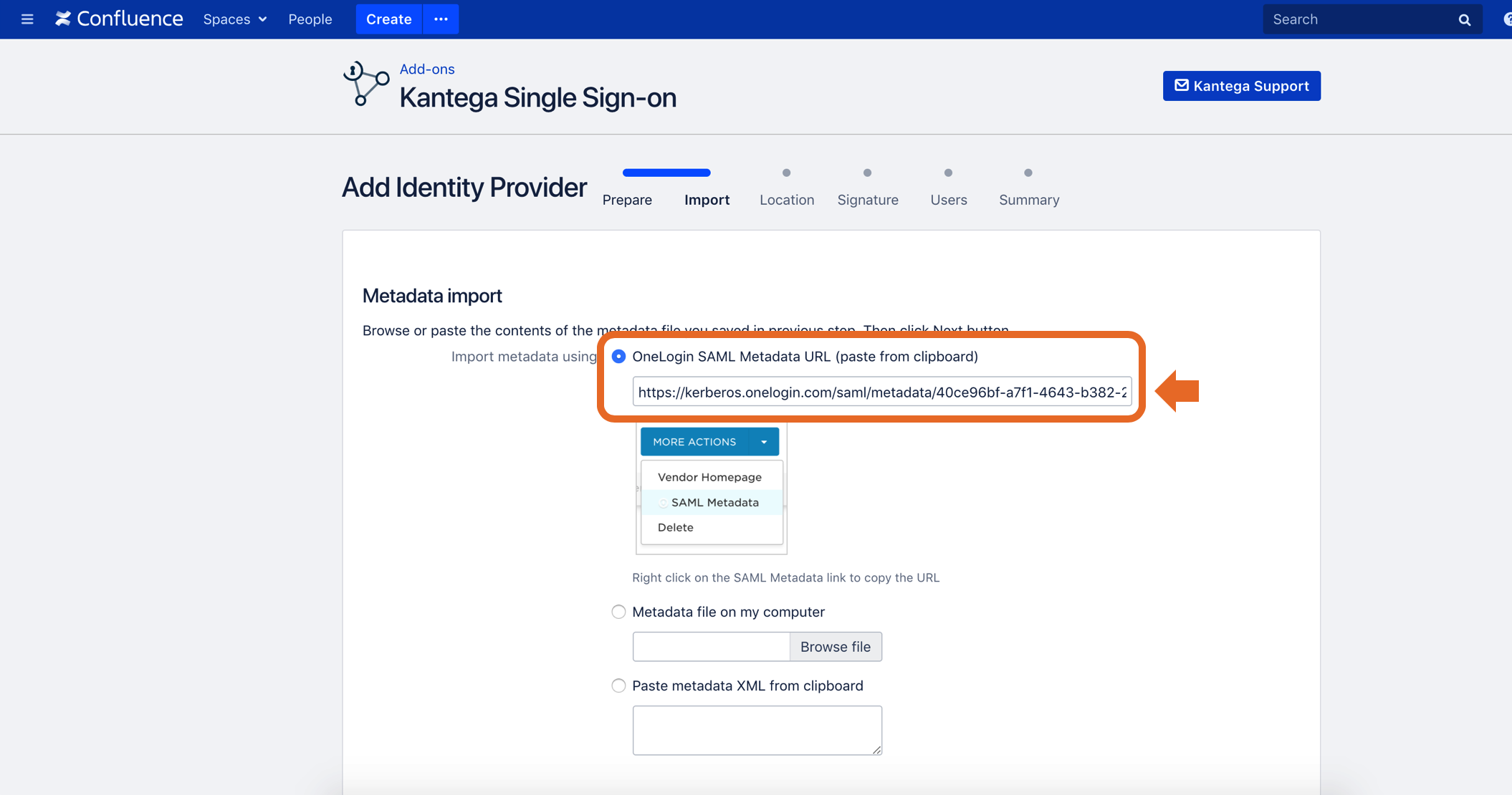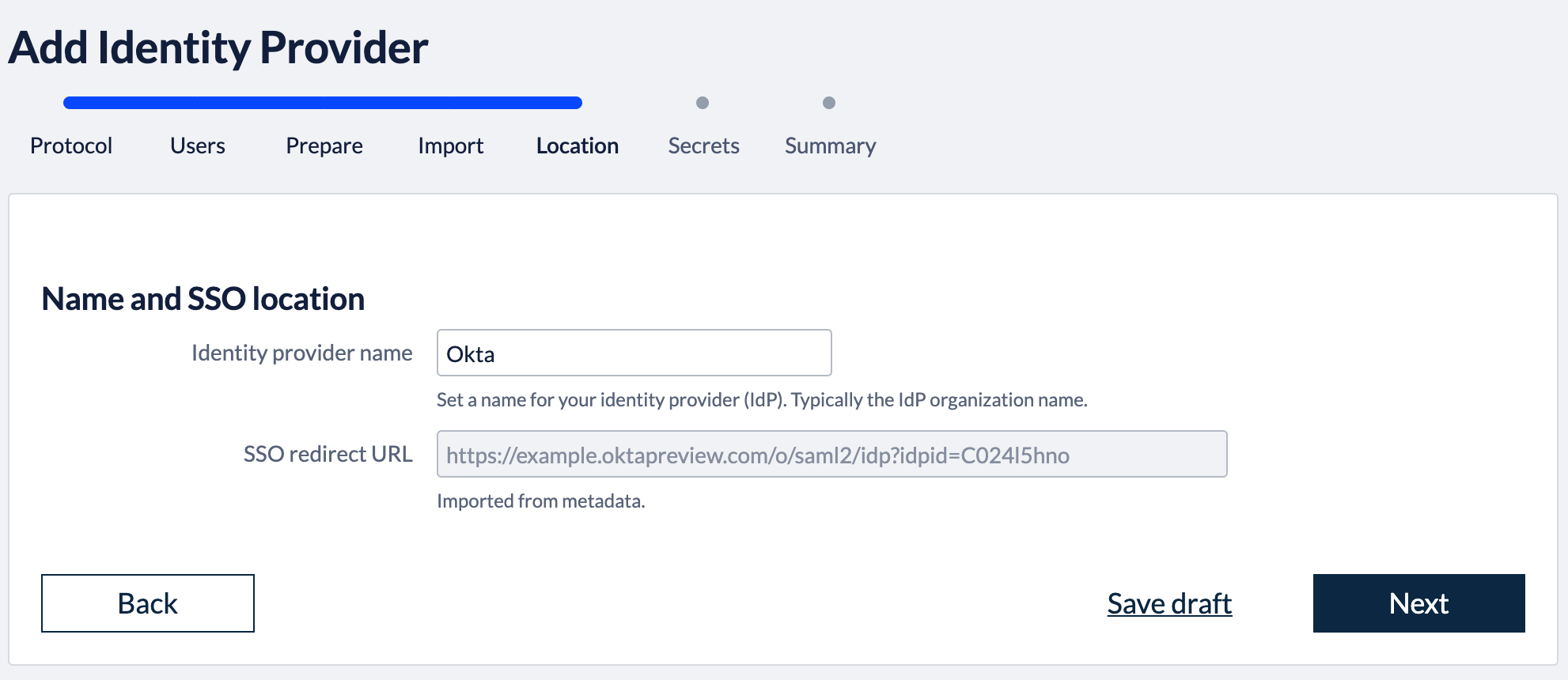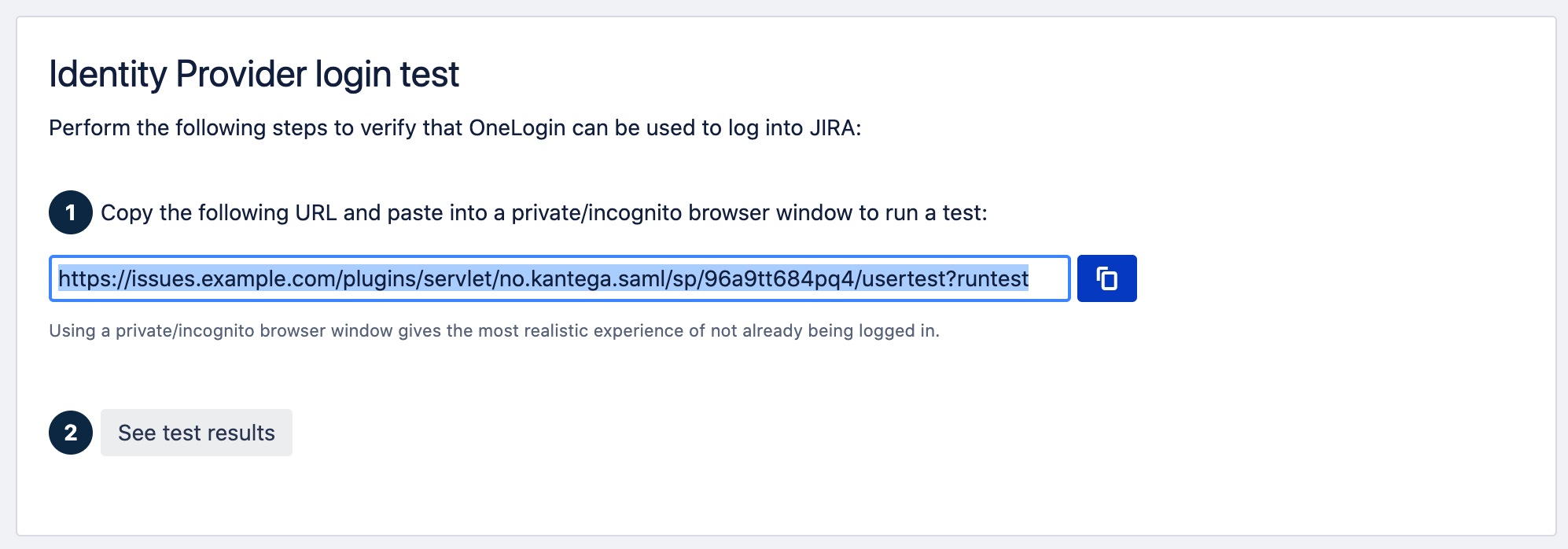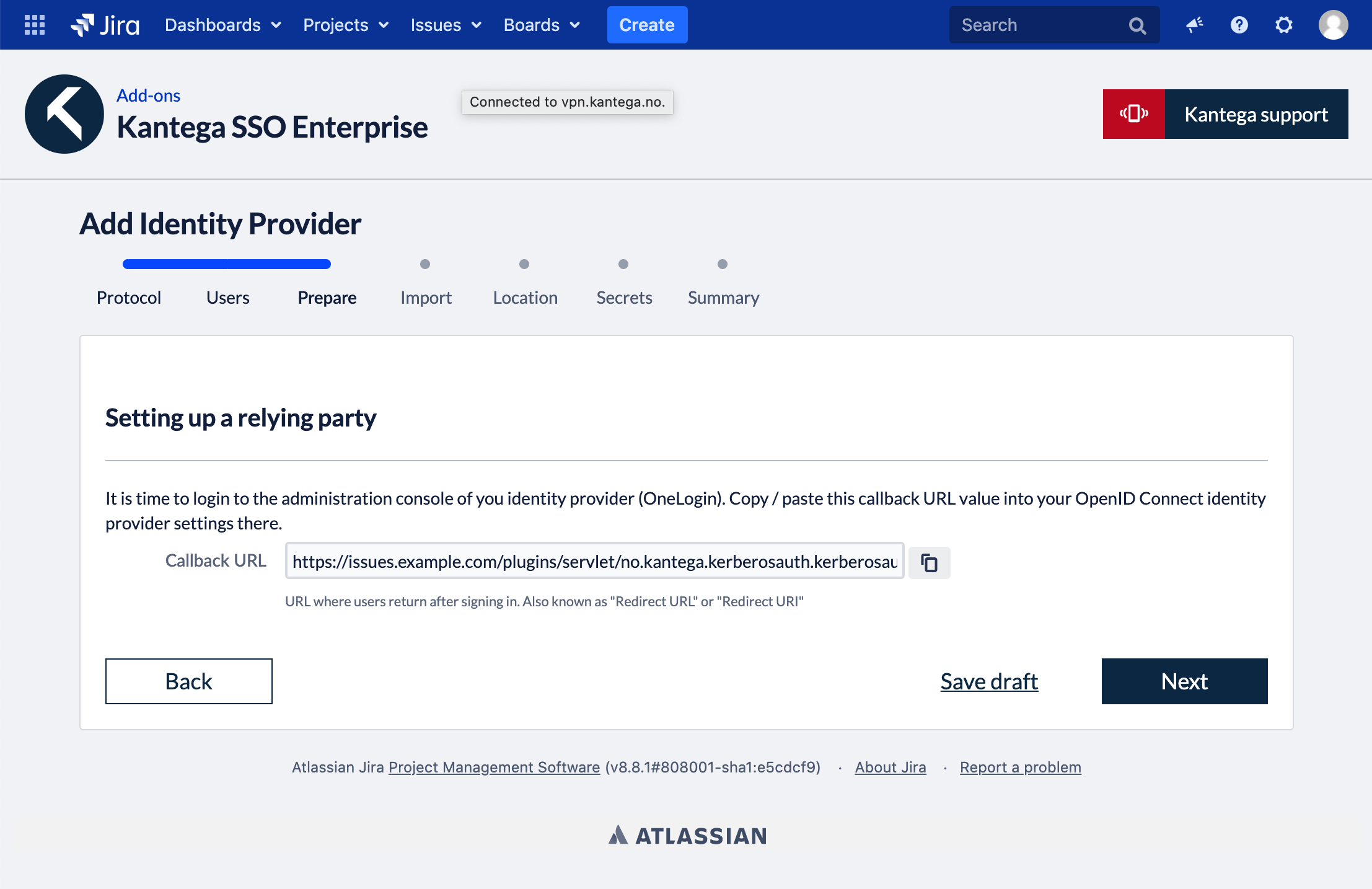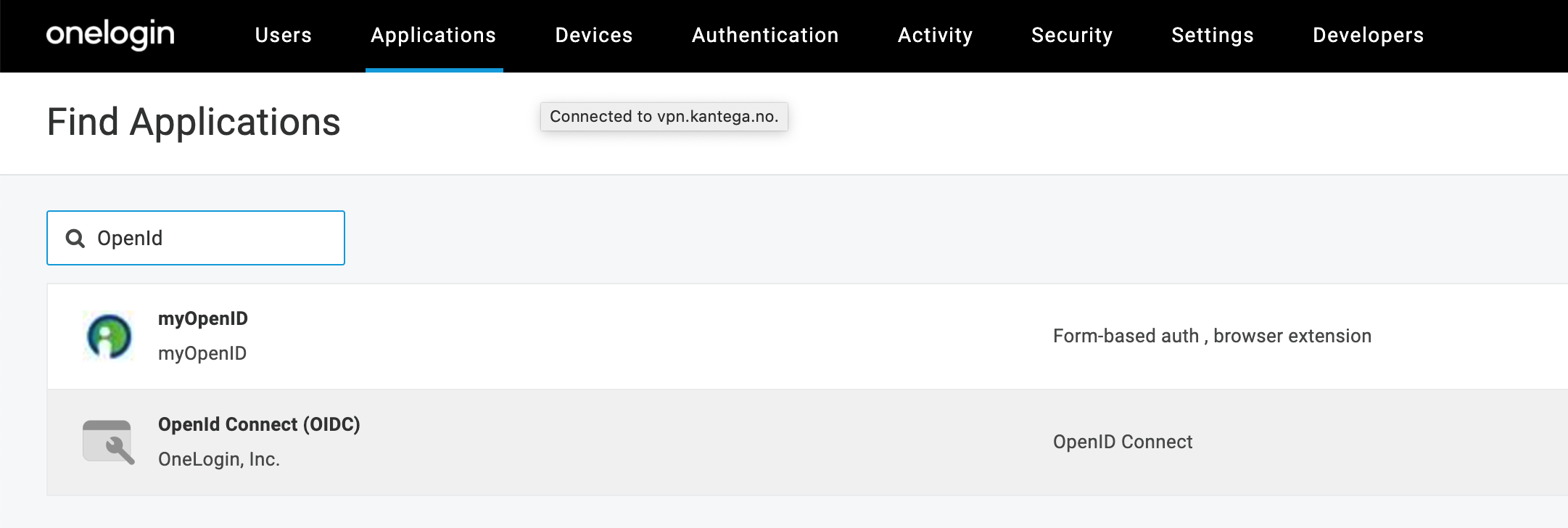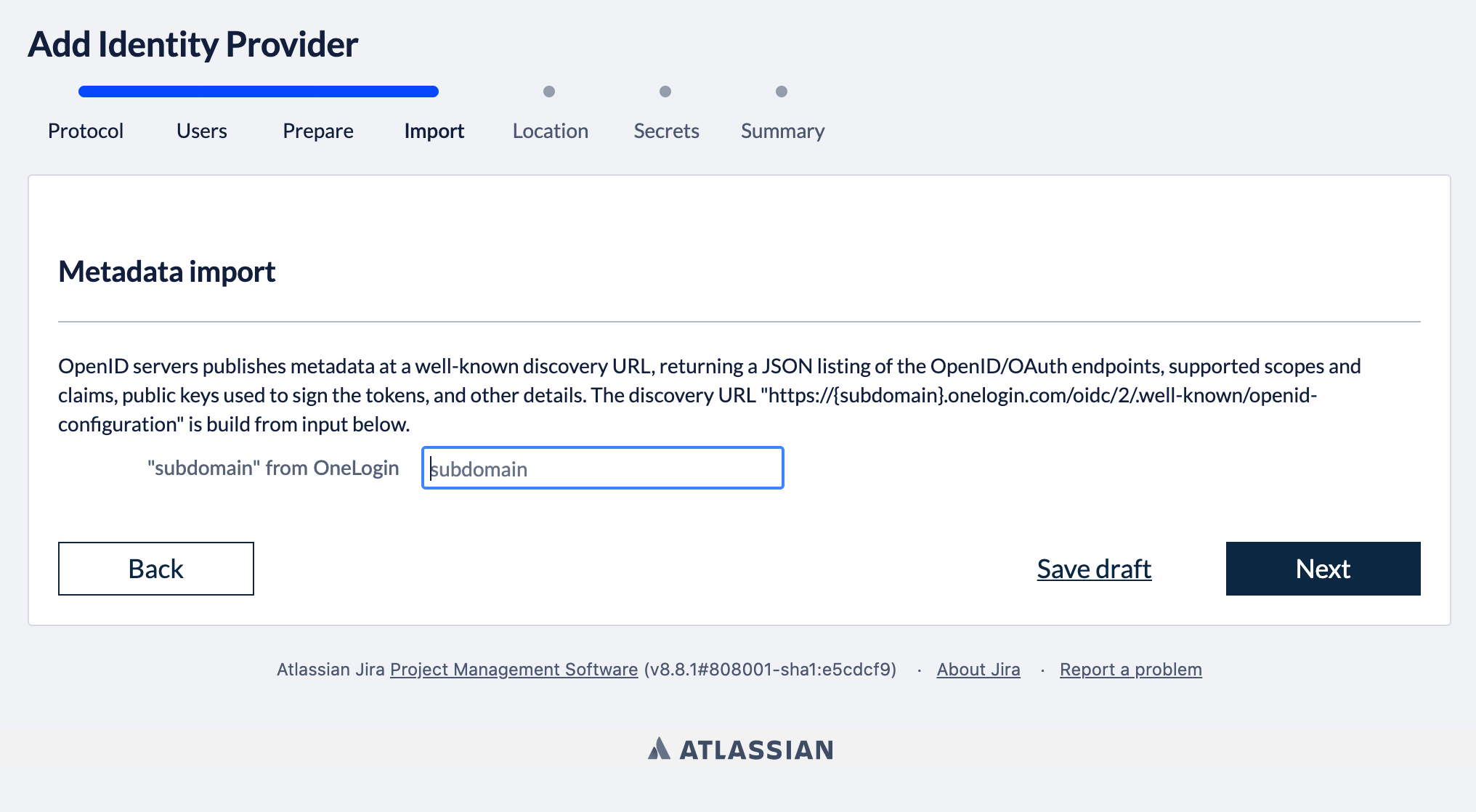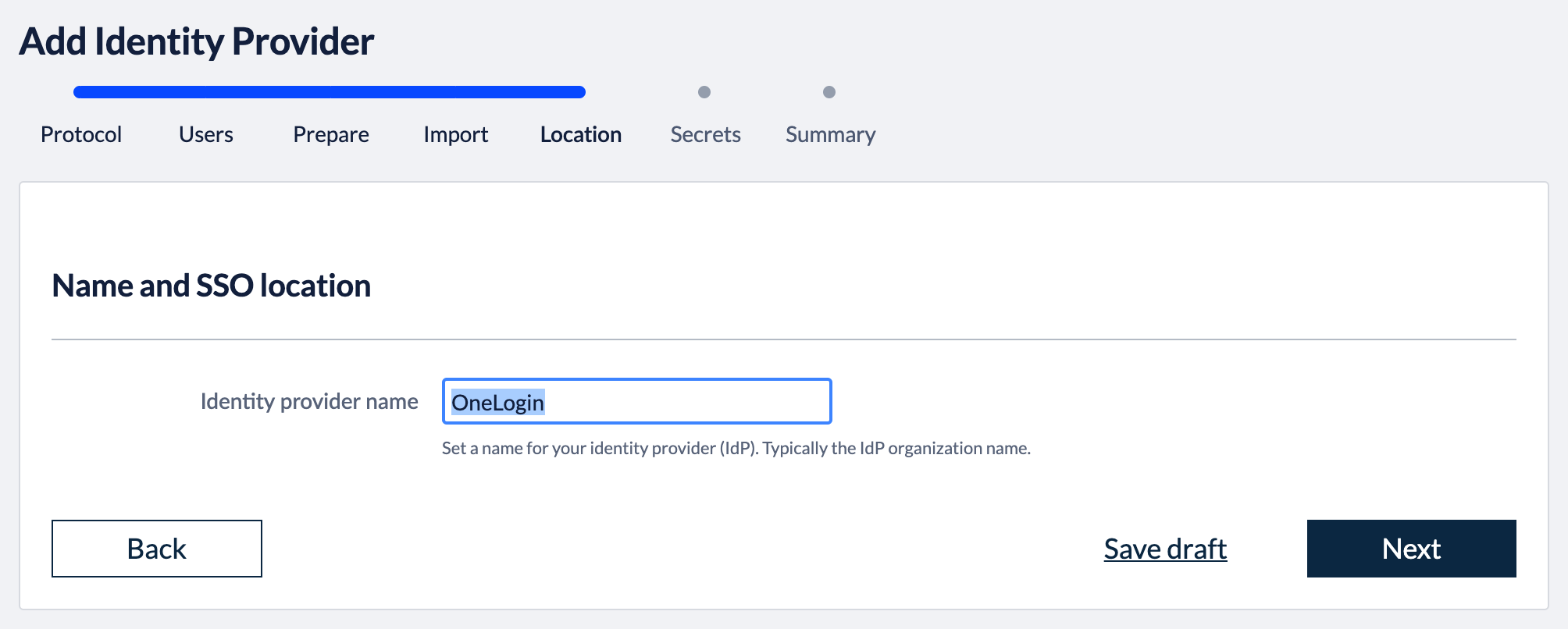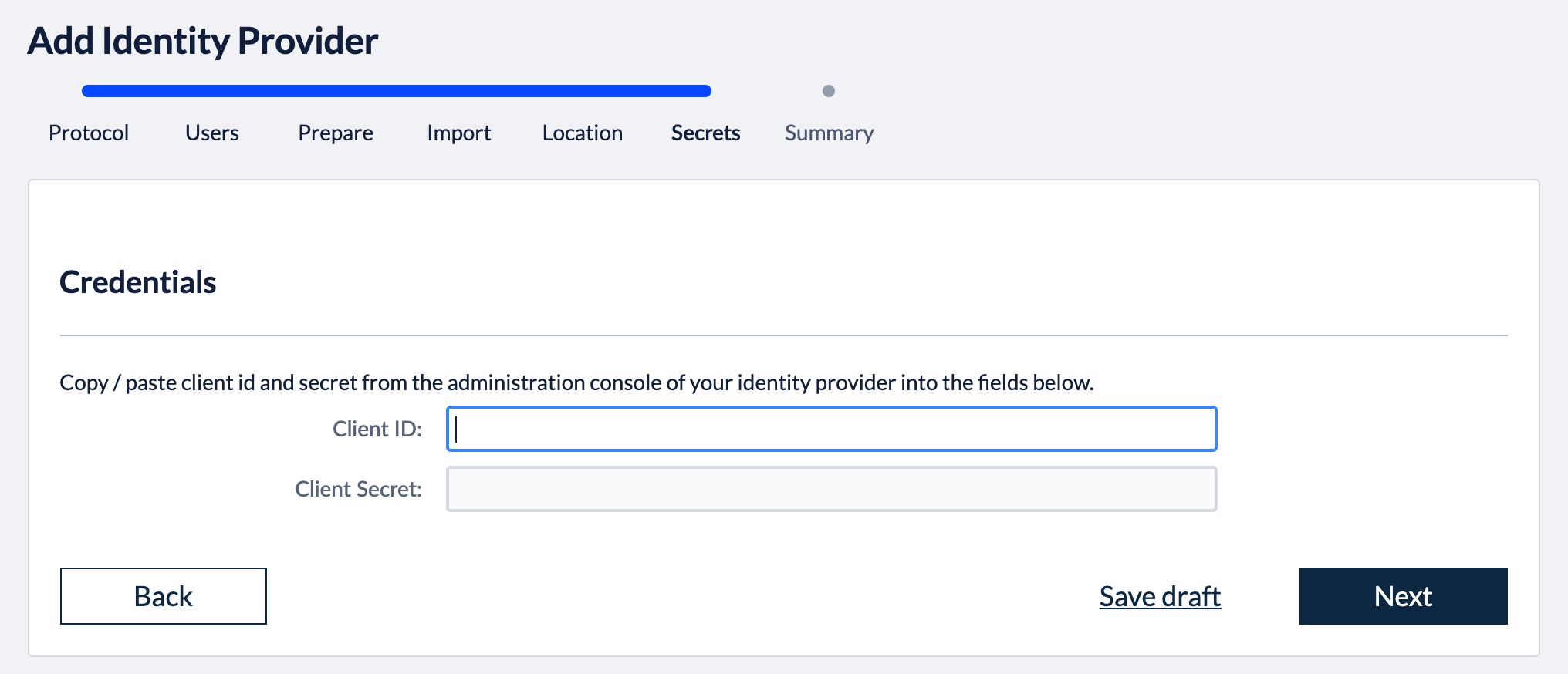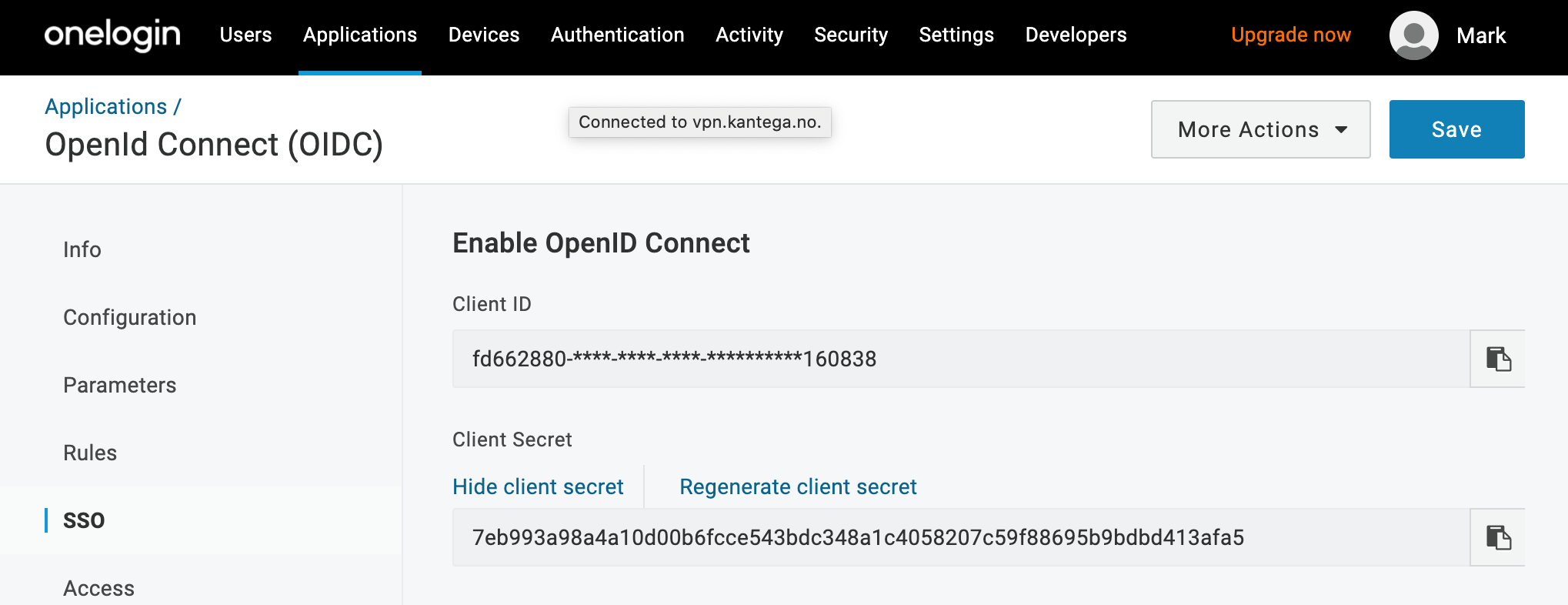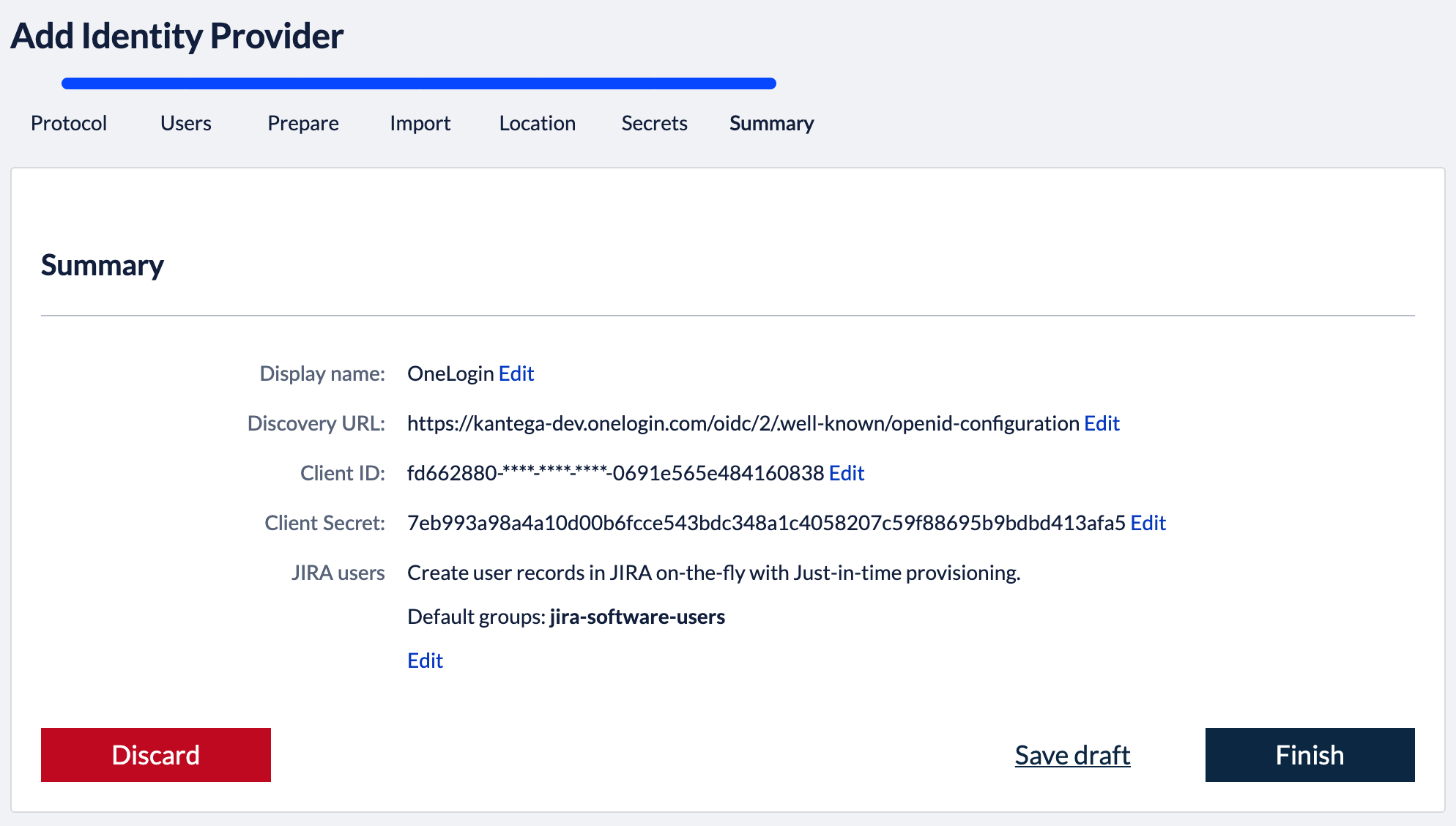| Note |
|---|
This guide is for an older version of Kantega SSO Enterprise and is no longer maintained. New guides are here: https://kantega-sso.atlassian.net/l/c/rNTaTonz . |
This guide takes you through the steps of setting up OneLogin login to the following Atlassian applications:
Jira
Status colour Blue title SERVER Status colour Blue title DATA CENTER Confluence
Status colour Blue title SERVER Status colour Blue title DATA CENTER Bitbucket
Status colour Blue title SERVER Status colour Blue title DATA CENTER Bamboo
Status colour Blue title SERVER Fisheye / Crucible
Status colour Blue title SERVER
| Expand | ||
|---|---|---|
| ||
You find a link to the Atlassian Marketplace in the upper right corner of your Atlassian application. Click Manage apps and search for “Kantega”. Click “Free trial” or “Buy now” to install the app. |
Add identity provider
A welcome message is shown when you select to configure the app for the very first time. Click “Start setup” and then “Setup SAML / OIDC”.
Select “OneLogin” in the identity provider gallery.
OneLogin allows you to set up single sign-on over both SAML and the OpenID Connect protocol. This knowledge base article describes the practical differences between these two protocols.
In the first wizard step, you select which SSO protocol to use. Click “Next”. Follow the protocol-specific setup guides below.
| Expand | ||
|---|---|---|
| ||
1. Select provisioning methodThe Atlassian applications need to have information about users logging in and their permissions. At this wizard step, we choose whether the user and permission data already exist when users log in with SSO or if user records should be created dynamically (just-in-time provisioning). You can also specify whether users logging in through Onelogin should be added as members to a set of default groups automatically. Alternatively, you can also retrieve and assign group memberships individually based on attributes in the SAML response. Such configurations are available after the initial setup. Select provisioning method, default groups and click “Next”. 2. Configure identity providerOpen your OneLogin Admin Console. Click the "Applications" tab, then "Add App". In the search console, find and select "Kantega SSO" Give the app a name, click “Save”. (Optionally, you can also give the app a description and portal icons). Configure URLsGo into the "Configuration" tab
Assure the correct roles and users have access to the new applicationUnder the "Roles" tab you may select what roles should have access to the new application. You may also give single users access. This is under the specific user found under the “Users” top menu. 3. Copy the SAML Metadata URLUnder More Actions, right click on the SAML Metadata link and copy the URL to your clipboard for later: Upload SAML Metadata.Back in the setup wizard, you can now press "Next" to get to the import step and paste the metadata URL (copied in the previous step). Press "Next" to proceed to the next wizard step. 4. Identity provider nameFill in a name for your configuration, by default, this is “OneLogin”. Click “Next” 5. Verify signatureThis step shows the certificate used to validate the SAML messages. Click “Next”. 7. SummaryValidate your setup and click “Finish”. 8. Test and verify setupOn the next page, you will be given a link to perform a test of your setup. The test verifies that users are allowed to authenticate with the current configuration, and you get feedback on whether the current user is found in the Atlassian application. You are also able to fix user lookup issues (selecting the right username attribute and express username transformation rules) and select data attributes for just-in-time provisioning here. More info about testing av verifying identity provider configurations. 6. Redirection modeBy default, Kantega SSO Enterprise will forward all users to the configured identity provider. However, you can configure both a subset of users who should be login through this identity provider and how they are redirected. More about configuration redirection rules. |
| Expand | ||
|---|---|---|
| ||
1. Select provisioning methodThe Atlassian applications need to have information about users logging in and their permissions. At this wizard step, we choose whether the user and permission data already exist when users log in with SSO or if user records should be created dynamically (just-in-time provisioning). You can also specify whether users logging in through Onelogin should be added as members to a set of default groups automatically. Select provisioning method, default groups and click “Next”. 2. Callback URLThe field “Callback URL” will be needed when configuring your identity provider. Copy this URL value (We will make use of this in the next step) 3. Configure identity providerOpen your OneLogin Admin Console. Click the "Applications" tab, then "Add App". In the search console, find and select "OpenId Connect (OIDC)" Give the app a Display Name, and click “Save”. Optionally, you can also give the app an icon and a textual description. Assure the correct roles and users have access to the new applicationUnder the "Roles" tab you may select what roles should have access to the new application. You may also give single users access. This is under the specific user found under the “Users” top menu. 4. Import metadataGo to the Kantega SSO wizard and click “Next” in the import step 5. Identity provider nameFill in a name for your configuration, by default, this is “OneLogin”. Click “Next” 6. Client id and secretIn this step, we will insert client credentials from Onelogin. These two values are found in the SSO settings in Onelogin: Click “Next”, and you will see a summary page of your Kantega SSO setup. 7. SummaryValidate your setup and click “Finish”. 8. Test and verify setupOn the next page, you will be given a link to perform a test of your setup. The test verifies that users are allowed to authenticate with the current configuration, and you get feedback on whether the current user is found in the Atlassian application. You are also able to fix user lookup issues (selecting the right username attribute and express username transformation rules) and select data attributes for just-in-time provisioning here. More info about testing av verifying identity provider configurations. 6. Redirection modeBy default, Kantega SSO Enterprise will forward all users to the configured identity provider. However, you can configure both a subset of users who should be login through this identity provider and how they are redirected. More about configuration redirection rules. |
.gif?version=1&modificationDate=1587464092509&cacheVersion=1&api=v2)

